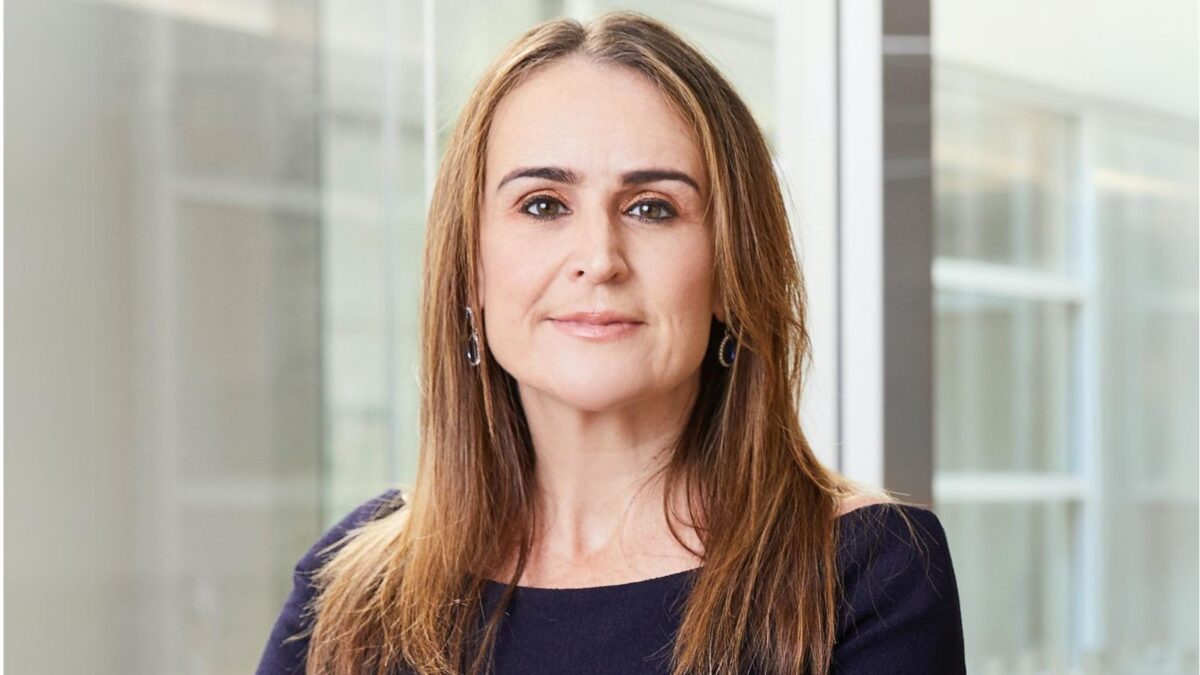New competitive landscape over priority and privilege
APRA’s proposed changes to the regulation known as SPS250 will mean all super funds will have to fundamentally challenge the nature of their existing insurance partnerships by widening the notions of priority and privilege. The changes will alter the competitive landscape.
In 2020, APRA amended this core superannuation standards to address a recommendation from the Royal Commission’s final report around related parties where a priority or privilege was being provided.
Just one year later, as the number of related-party arrangements has continued to decline, with insurance entities being decoupled from their superannuation arrangements, APRA has proposed some new amendments to the standard that widen the scope of the priority and privilege net to now potentially capture all funds.
At the heart of this change lies addressing any arrangements that limit competition, a key component of APRA’s purpose statement. In that respect, these proposed changes will alter the competitive landscape for members and perhaps signal a direction that could subsequently and easily be extended to other superannuation areas, including investments.
Defining these two words is the critical challenge. At the extreme, any contract creates a priority and privilege but APRA does provide some examples in its guidance note that sets out intentions.
‘Priority’ could incorporate areas such as exclusivity rights (longer than five-year agreements or to have renewal offers considered without going to tender). ‘Privilege’ examples extend into tenders such as the right to have last look or access to data that is not provided to all participants. And where a fund believes that it may be offering a priority or privilege, it must seek independent certification that the arrangement is in the best interests of members.
Far-reaching implications
In the first instance, funds will need to carefully consider possible areas of their existing arrangements that are in scope. I believe that it then becomes a philosophical question about whether that fund either wants to create an unambiguous level playing field or, instead, brings in an independent party to hopefully support that ‘on balance’ the arrangements meet the best-interest test.
There is the risk of a cottage industry developing, with independent certifiers acting as gatekeepers to funds getting around terms that provide a priority or privilege. The current drafting, in fact, refers to certifiers only having to act reasonably but this would still leave the liability with trustees who have to meet a ‘best’ interests test and not a ‘reasonable’ interests test.
The potential for later challenges is significant, not least because by bringing in an independent party, the fund is admitting that it believes it offers priority or privilege that may not pass a best interests test. This would be in contradiction to any advice that this was in the best interests of members.
Perhaps APRA is banking on this to ensure that funds rather address the arrangements in the first place?
At Retender our annual risk capacity survey, supported by 65 per cent of insurers and reinsurers and almost 50 per cent of funds, has highlighted the advantages of competition for members, becoming even more important as the industry consolidates.
According to the most recent survey results, funds observed a clear correlation between the number of participants in a competitive process and the benefits for consumers. We noted, however, that competition wasn’t about the cheapest price and certainly didn’t have to come at the expense of sustainability, the latter a topic that APRA wrote about to the industry this month (March) in a strongly worded letter to the CEOs of life insurers and RSE licensees.
I think that we are on an unstoppable trajectory towards increasing competition, increasing transparency and increasing diversification. Taking the old approach may appear safer but those traditional models that were developed before the Royal Commission and have led to significant industry losses are no longer fit for purpose. The industry needs to be open to rethink the way that insurance is sourced for consumers.
Early this month, APRA released updated life insurer financial results showing that there was close to another $500 million in risk product losses for insurers in the 12 months to December 2020, after more than $1.3 billion in losses the previous year.
The question is: ‘what role can funds play in supporting the insurance industry to move back to a more sustainable set of outcomes?’ Also, how do they objectively review their partnerships to meet the best-interests test?
*Ilan Leas is the managing director of Retender, a specialist actuarial firm servicing insurers and super funds with advice, tender management and sourcing models for their insurance risk pools.










